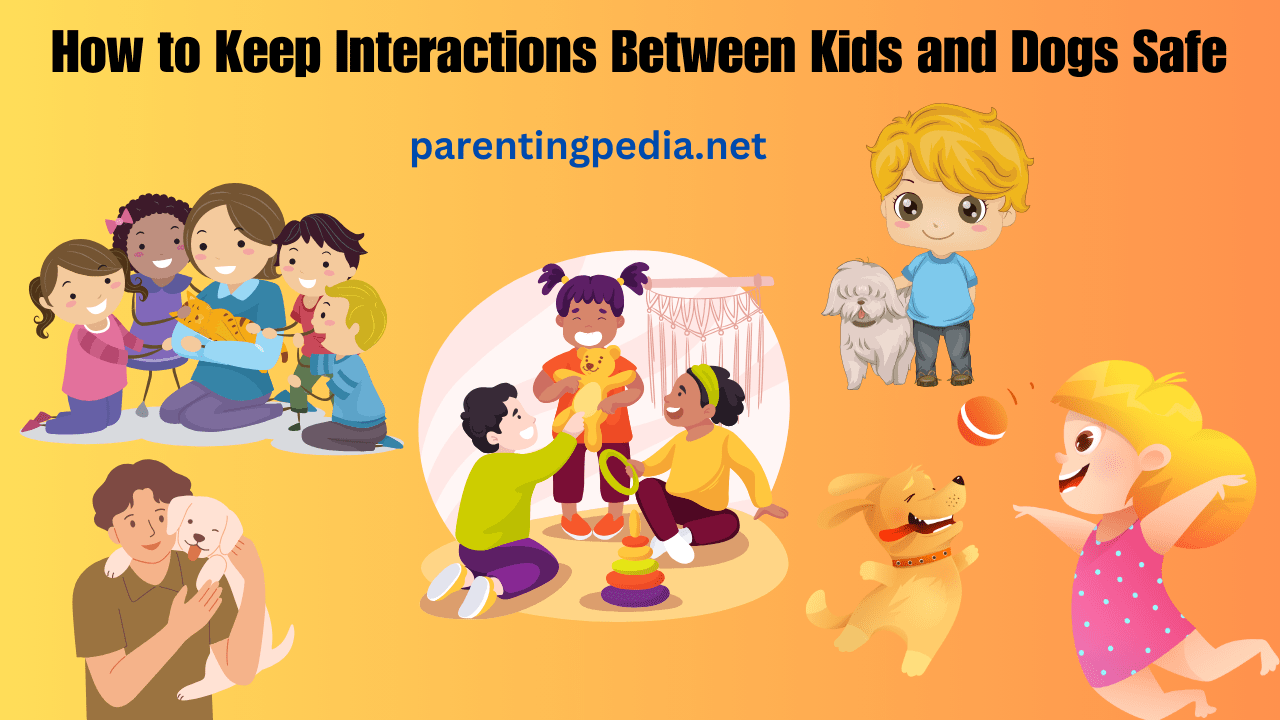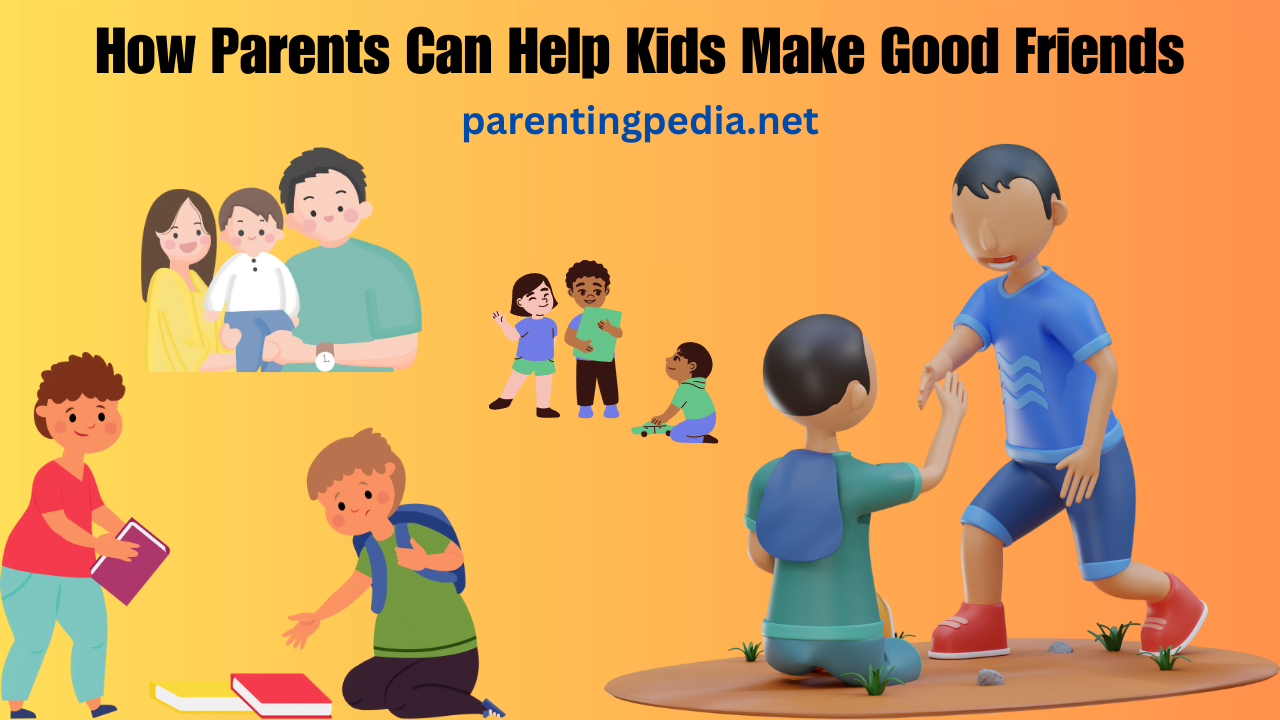Discover effective strategies to guide and support your child in writing and delivering a powerful speech. Empower them to speak confidently!
Public speaking is a crucial skill in today’s world. Whether it’s giving a presentation at school, participating in a debate, or addressing a crowd, the ability to express oneself effectively can open doors to various opportunities.
As a parent, you play a pivotal role in nurturing this skill in your children. In this blog post, we’ll explore ways to encourage your child to write and deliver a speech while respecting their independence and creativity.
Why Writing Skills Matter
The Importance of Writing Skills
Before we dive into helping your child write a speech, let’s emphasize the significance of strong writing skills. Writing is the foundation of effective communication. When your child can articulate their thoughts on paper, it becomes easier for them to convey their ideas verbally. Writing skills are essential not only for speech preparation but also for academic success and future career opportunities.
Public Speaking Has Two Parts
Public speaking consists of two crucial components: writing the speech and delivering it. While the delivery is undoubtedly important, the foundation lies in the content and structure of the speech. A well-written speech with a clear message and compelling arguments is more likely to engage the audience.
Encouraging Writing Skills
1. Start Early to Cultivate Writing Skills
When it comes to helping your child write a speech, it’s essential to recognize that writing skills are the foundation of effective communication. Begin nurturing these skills from a young age. Encourage your child to read, write stories, and explore different forms of creative expression.
2. Tips to Help Your Child Write Well
- Practice Writing Regularly: Encourage your child to write daily. This can be in the form of journaling, storytelling, or even maintaining a blog.
- Teach Proper Spelling and Grammar: Good writing involves correct spelling and grammar. Help your child improve in these areas through fun word games and exercises.
- Brainstorm Ideas: Engage your child in brainstorming sessions to help them generate ideas and organize their thoughts effectively.
Writing the Speech
3. Finding the Main Idea of the Speech
Before your child starts writing the speech, it’s crucial to identify the main idea or message they want to convey. Encourage them to articulate this clearly and concisely.
4. Crafting a Strong Speech
- Include a Hook or Catchy Introduction: A good speech often starts with a hook—a captivating opening that grabs the audience’s attention. It could be a rhetorical question or an anecdote.
- The Power of Anecdotes: Encourage your child to include personal anecdotes in their speech. These real-life stories can make the content more relatable and engaging.
- Ending with Impact: Teach your child that a great speech often circles back to the beginning or ends with a memorable point. This can leave a lasting impression on the audience.
5. Brainstorming Ideas for Speech Topics
Sometimes, the hardest part of writing a speech is deciding what to talk about. Help your child find topics that interest them and align with the occasion. You can brainstorm together, but ultimately, let them choose a subject they are passionate about.
Tips to Help Your Kids Write a Speech
Brainstorm Ideas Together
The first step in helping your child write a speech is brainstorming ideas. Sit down with them and encourage them to think about topics they are passionate about or interested in. Ask open-ended questions to spark their creativity. Remember, it’s essential to let them choose a topic that genuinely resonates with them.
Teach Your Child the Structure
Explain the basic structure of a speech to your child. A typical speech consists of an introduction, body, and conclusion. Share the importance of starting with a hook or a catchy introduction to grab the audience’s attention. The ending might return to the beginning, rounding off the point being made—a kind of rhetorical question or anecdote to leave a lasting impression.
Preparing for Delivery
6. Practicing the Speech
Public speaking has two parts: writing the speech and delivering it effectively. Encourage your child to practice delivering the speech multiple times. They can do this in front of a mirror, record themselves, or even perform for family members.
7. Using Visual Aids
Depending on the context, visual aids can enhance your child’s speech. Teach them how to create and use visual aids like PowerPoint slides or posters to complement their message.
8. Keeping the Audience’s Attention
One of the most significant challenges in public speaking is maintaining the audience’s attention. Advise your child to use engaging language, vary their tone and pace, and make eye contact with the audience members.
Building Confidence
9. Listening to Your Child
When helping your child prepare for a speech, be a supportive listener. Encourage them to express their ideas and concerns. Offer constructive feedback and praise their efforts.
10. Boosting Your Child’s Confidence
Public speaking can be intimidating, especially for younger kids. Assure your child that nervousness is natural and can be overcome with practice. Share stories of successful public speakers and their journeys.
FAQs
Q1. Should I write the speech for my child?
A1. While it’s tempting to write a speech for your child, it’s essential to let them take the lead. Offer guidance, but encourage them to express their thoughts and ideas in their own words.
Q2. How can I help my child overcome stage fright?
A2. Encourage your child to practice in a comfortable environment first, gradually working up to more significant audiences. Additionally, deep breathing exercises and positive affirmations can help alleviate stage fright.
Q3. What if my child struggles with finding a topic?
A3. Brainstorm together and explore various areas of interest. Consider current events, personal experiences, or topics related to school projects. Ultimately, let your child choose a subject they are passionate about.
Q4. Should I correct my child’s grammar and spelling in their speech?
A4. Yes, but do so gently. Correcting errors in spelling and grammar is essential to help your child improve their writing skills. However, prioritize positive reinforcement and encouragement.
Conclusion
Helping your child write and deliver a speech is an excellent way to instill valuable communication skills. Remember that the journey is as important as the destination. Encourage your child to think independently, express themselves creatively, and build the confidence needed to become effective public speakers. By following these tips and offering unwavering support, you’ll be empowering your child with an important life skill that will serve them well in the future. So, go ahead, and embark on this exciting journey of speech writing with your child – it’s key to their growth and development.
If you found this article helpful, you might also like to explore word games and other creative ways to enhance your child’s writing skills. Public speaking is just one aspect of effective communication, and strong writing skills are a valuable foundation for success.
Remember, the greatest reward of parenting lies in watching
your children soar with love and confidence.
Till then keep smiling and be happy 😊
Worth Reading 👇
- Finding Balance Becoming a Screen Smart Family
- Best of the web when you’re teen asks for non-alcoholic beer and more
- Choosing the Best Musical Instrument for Children to Learn
- When Life Sucks: A Conversation with Psychiatrist and Comedian Dr. Jo Prendergast
- Getting kids to talk about their feelings
- The case for banning corporal punishment of kids
- How Parents Can Help Kids Make Good Friends
- Why meditation should be taught in schools
- How to Get Your Teenager Off the Couch
- how to be a best and fairest sporting parent from nathan burke
- 10 Tips to Help Your Teen Out of the Procrastination Trap
- Is your child being bullied, how parents can help?
- Taking care of emotions a guide for parents and their kids
- Getting Involved Parents Making a Difference
- How to manage your child’s self-criticism










